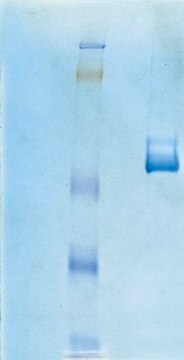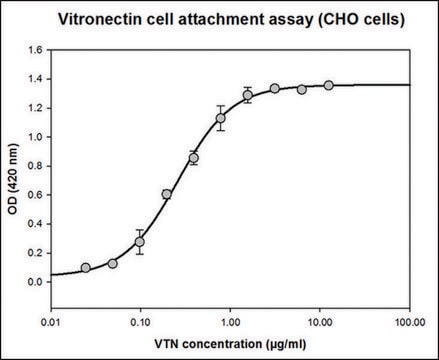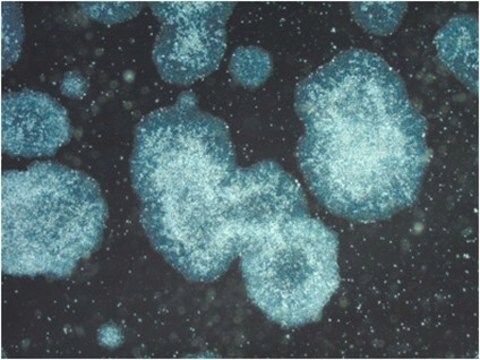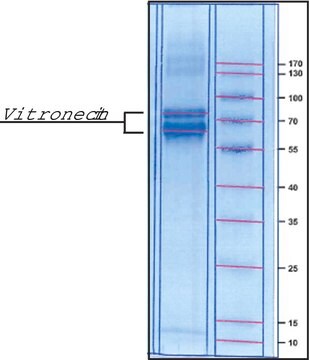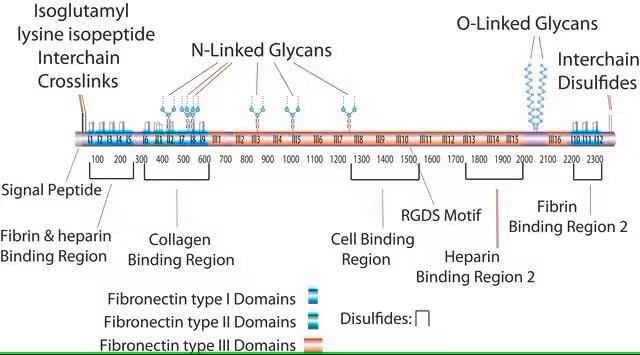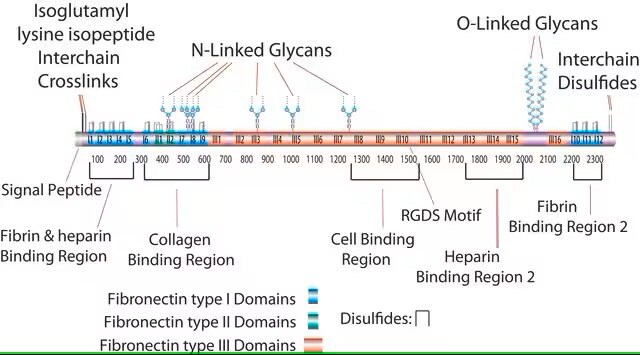5051
Human Vitronectin
from human plasma, liquid, 0.5 mg/mL, suitable for cell culture
Synonyme(s) :
Cell adhesion protein, ECM protein
About This Item
Produits recommandés
product name
Vitronectin, from human plasma, suitable for cell culture, solution
Source biologique
human plasma
Niveau de qualité
Stérilité
sterile-filtered
Pureté
>95%
Forme
solution
Poids mol.
75 kDa
Conditionnement
pkg of 0.1 mg
Concentration
0.5 mg/mL
Technique(s)
cell culture | mammalian: suitable
Solubilité
water: miscible
Numéro d'accès UniProt
Conditions d'expédition
dry ice
Température de stockage
−20°C
Informations sur le gène
human ... VTN(7448)
Description générale
Vitronectin′s primary use in cell culture is related to cell adhesion. It also binds to heparin and collagen.
Vitronectin is ideal for coating of surfaces. The optimal concentration for cell attachment and culture may differ for various cell types. Vitronectin has been used at a final coating concentration as low as 50 ng/cm2 on plasticware. It is provided in user-friendly packaging for use and storage. Vitronectin is sterile filtered and is supplied as a ready to use solution after thawing and concentration adjustment.
Actions biochimiques/physiologiques
Notes préparatoires
Clause de non-responsabilité
Code de la classe de stockage
10 - Combustible liquids
Point d'éclair (°F)
Not applicable
Point d'éclair (°C)
Not applicable
Certificats d'analyse (COA)
Recherchez un Certificats d'analyse (COA) en saisissant le numéro de lot du produit. Les numéros de lot figurent sur l'étiquette du produit après les mots "Lot" ou "Batch".
Déjà en possession de ce produit ?
Retrouvez la documentation relative aux produits que vous avez récemment achetés dans la Bibliothèque de documents.
Les clients ont également consulté
Articles
Extracellular matrix proteins such as laminin, collagen, and fibronectin can be used as cell attachment substrates in cell culture.
Notre équipe de scientifiques dispose d'une expérience dans tous les secteurs de la recherche, notamment en sciences de la vie, science des matériaux, synthèse chimique, chromatographie, analyse et dans de nombreux autres domaines..
Contacter notre Service technique